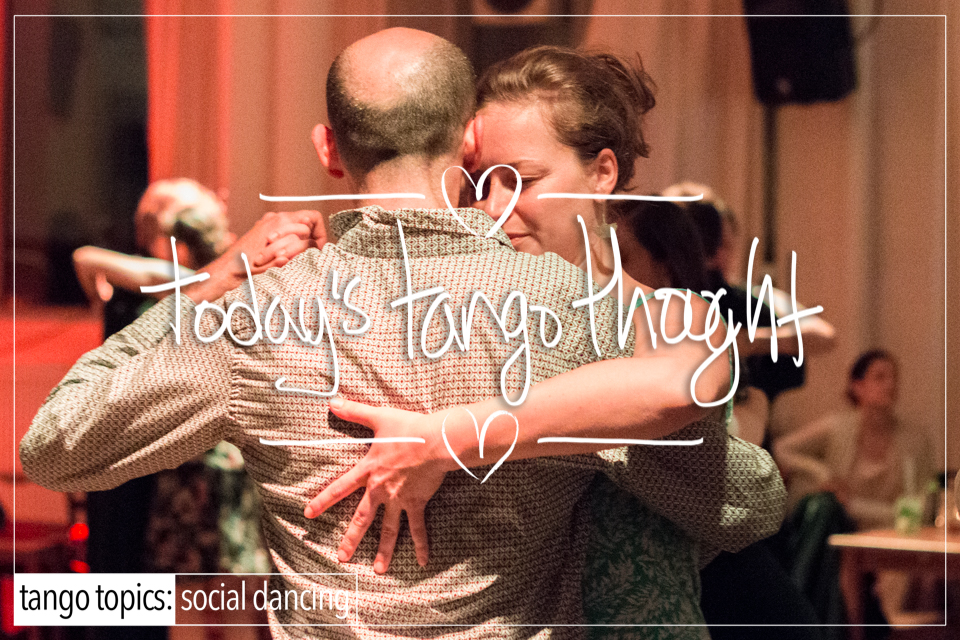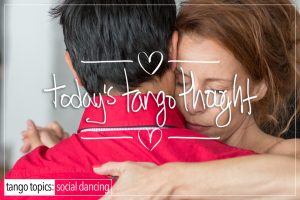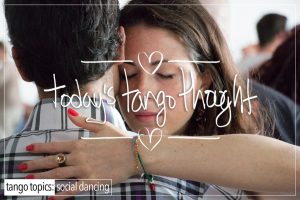Today’s Tango Thought is a bit of Tango minutiae that seems unimportant at first, but is in reality very important actually. It is an awareness that can help you to understand why certain kinesthetic instabilities (regardless of gender) exist: A fair number of street shoes, male or female, have a thick hard leather construct known as the ‘Sole of the Shoe’. The Sole serves several purposes, one of which is to protect your feet from harm, still another (which relates to today’s thought) and secondly it’s what we call the ‘Shoe Lip’.
First the Shoe Lip acts as a stabilizing agent. When you roll too close to the 1st or 5th metatarsal (big toe and little toe respectively), the shoe lip prevents you from toppling over, it’s just enough to stop the topple, and too small to get in the way of you walking!
Secondly the Sole of the Shoe of which the Shoe Lip is a part, is about 3 to 4 millimeters in thickness. The thicker the sole is, the more it can and does inhibit your ability to ‘feel’ the sensation of your foot coming in contact with the floor, and more over what part of your foot you have placed all of your weight into and onto. The Sole of the Shoe not only prevents the aforementioned sensations but also prevents the ability to correct for it! Why ? Because if you can’t feel it, you can’t correct it. You can clearly feel the error happening due to your sensation of equilibrium, but for one reason or another you actually stop the process of alignment.
Individually these issues by themselves can create instabilities, however when you co-combine them, which typically happens, they create a heterodyning series of instabilities that becomes untenable and you become even more unstable.
To be fair, most Follower shoes (read that as ‘heels’) do not contain a lip, but they do contain an over exaggerated arch that any podiatrist will tell you is not good in the long run of say ‘2 hrs’. So while the Follower doesn’t have a Shoe Lip to contend with, they do have an Over-Exaggerated Arch that isn’t good for them, which they to have to learn to walk in (3 in heels). Or as Ginger Rogers was heard to say “I do everything that Fred (Astair) does, only backwards and in Heels!”.
Further still, the Shoe Lip thing only happens for the male Lead. You won’t see too many Follower heels with a protruding Shoe Lip. Usually the Sole is flush with the shoe edge. Some brands of mens’s shoes do have the projected lip and an even thicker than useful sole thereby preventing them from feeling the sensation of the floor.
So what’s a good rule of thumb when selecting a shoe ? Handmade, no shoe lip, and a soft (ish) bottom sole that allows for a flexible range of motion, so that in the end you can feel the floor, learn to change, and really, correct your equilibrium issues.











